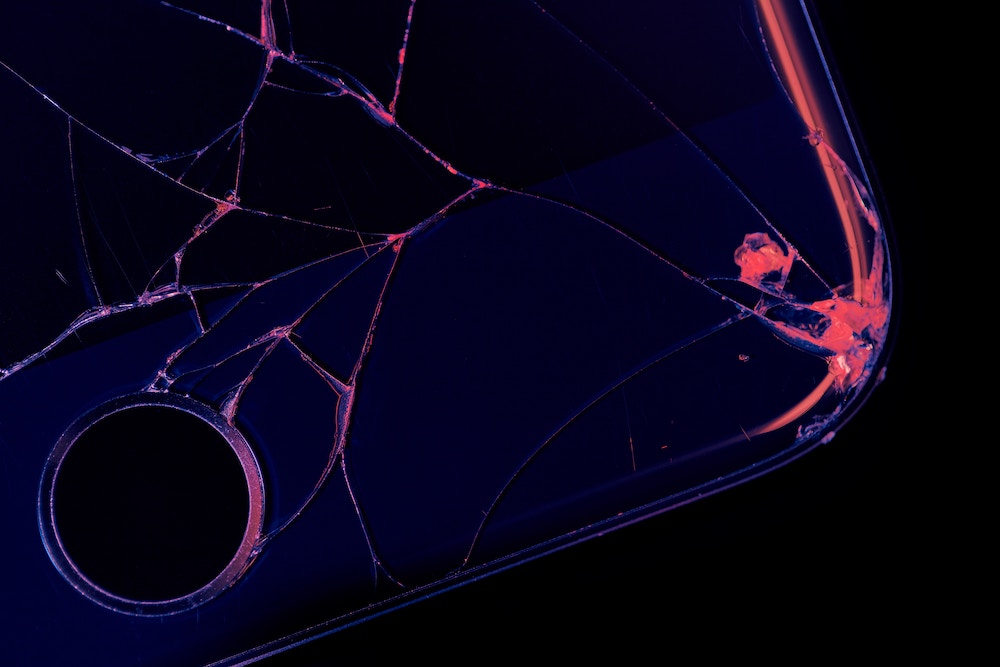WEEE might sound like a funny word, but in the world of business, it’s an essential part of your waste disposal strategy. If your business has any electronics in it – either as a product or for general use – then you should be aware of the WEEE directive. If you’re not, then this post is for you.
What Is WEEE?
WEEE stands for Waste Electrical and Electronic Equipment. It’s an EU Directive that was first brought in in 2007, and was eventually adopted into UK law years later in 2014. In its simplest form, this directive covers the handling of any wats electronic equipment attached at a plug – no matter how big or small. It regulates how companies and people dispose of electrical items, and ensure they are disposed of responsibly. The aim of the law is to prevent these electrical items from ending up in landfill – in fact it’s one of the first uses of the reduce, reuse recycle motto – only then it included the word ‘recover’ too. By collecting these old electronics together, plants can sift through the parts and reuse as much as possible in the manufacture of new products. All waste management and handling companies are required to comply with this law whenever they are removing WEEE items from households or business premises.
Targets For Recycling
Recycling targets are always under constant evaluation, with the aim to reuse as much waste as possible while also reducing the amount of non-recyclable waste produced in the first place. But in general, current recycling targets sit at around 50% of all household waste, including WEEE items, to be recycled by 2020.
The reason for this high target is simple. Every year UK households and businesses create a staggering 17 tonnes of waste, most of which ends up rotting in landfill. In amongst this waste are electrical items, from old phones to dead washing machines and batteries. These electrical items all contain hazardous materials that won’t ever fully decompose, but can degrade and release pollutant or even deadly chemicals into our environment. Not a great outcome! To avoid this, the WEEE directive is designed to put electrical items in the same category as cardboard and plastic bottles – a common household recyclable that can be processed separately and safely, and reused where possible. But as the technology we use every day has evolved, the amount of WEEE that needs to be handled and disposed of has risen rapidly, and this means recycling targets for WEEE need to rise with it.
Don’t Forget Mobile Phones
Right now, there are more mobile phones in the world than there are people. This is partly because manufacturers make it very difficult to repair modern mobiles – instead they intentionally design them to become slow, out of date or broken. When they do, we simply replace them with a new one. But what happens to the old ones? Mobile phones contain traces of precious metals like gold, as well as a variety of electronic components that can be reused. When you trade in your mobile phone, the old one is taken to a WEEE centre, where it is dismantled. The hazardous parts, like the battery, are removed and shredded, so that the metals contained in them can be refined and reused. The remaining parts are sorted, from plastic to metal, silver and gold, and sent to manufacturing plants to be reused.
At Greenaway, we handle a lot of electronic waste that falls under the WEEE directive. As disposal experts, we often dismantle and remove the hazardous materials in electrics and shred them ourselves, before sending the remaining parts on to recycling plants. But we don’t deal with the bigger, bulkier items like washing machines. Instead, we focus on smaller items, like hard drives, smartphones and computers. If you have old electrics and hardware you want to dispose of safely, we can help. To find out more, just get in touch with us today.


Recent Comments